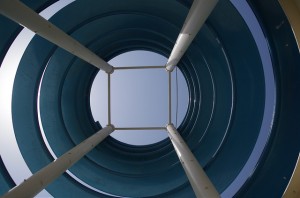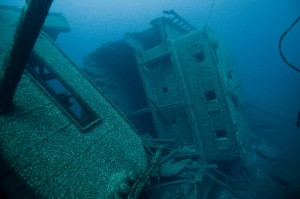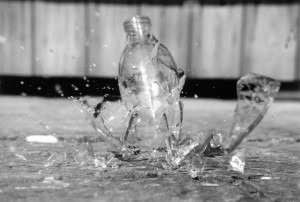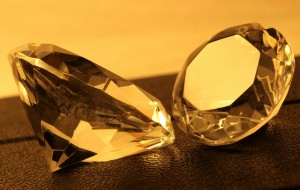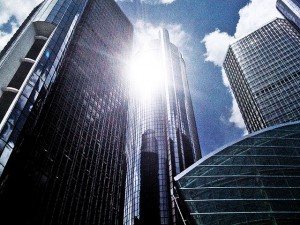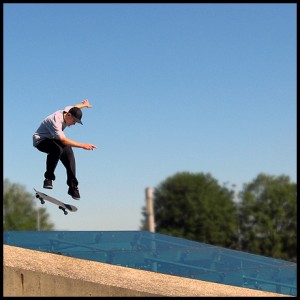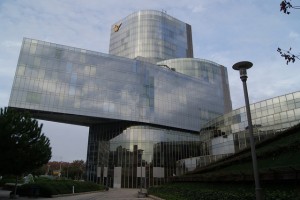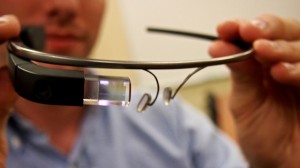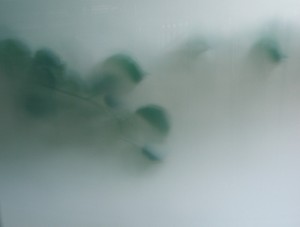Photovoltaic glass can generate real power
Photovoltaic glass advances could change collectors
That tends to leave out regions like the Northeast, the Great Lakes and the Northwest, which are often under cloud cover. In these parts, solar energy is a passive, supplemental power source, and offers limited benefits.
One way to increase the amount of solar energy collected is to increase the size of the solar collector. In sparsely populated areas, large arrays can be constructed on the ground. This approach is not practical in urban areas, where the population is more densely concentrated.
Advances in the development of photovoltaic glass, however, are changing the established rules that governed where solar collectors are practical. In traditional solar collectors, the photovoltaic glass is dark, primarily to maximize the amount of non-visible light that gets collected. (It’s the non-visible light frequencies that are mostly responsible for heat generation.)
Unfortunately, to make the glass dark enough to harvest this type of solar radiation meant that the glass was too dark to transmit the visible light. This meant that the glass could not be used in windows and in other applications, where transparency is desirable.
New developments in photovoltaic glass include the development of glass that can absorb the invisible light spectrum and direct it toward the edges of the pane, where it can be converted to electricity. This material permits the transmission of visible light, so it can transform any window or glass surface into a solar energy collector. The material is currently about 20% transparent, which is still relatively dark. Further advances, however, could increase the transparency of this glass, and make photovoltaic glass practical for other applications.
In the meantime, another approach to reducing energy costs through glass is to block UV radiation from entering buildings. Glassprimer™ glass paint is specially formulated to bond permanently with glass. The paint is available in any color, and resists peeling, chipping and fading, even in direct sunlight. Reducing solar gain through selective obstruction can reduce energy costs year-round.
If you’d like more information about Glassprimer™ glass paint, please visit the rest of our site. If you’d like to purchase Glassprimer™ glass paint, please visit our online store .
Photo Credit: Pieter Edelman, via Flickr.com

